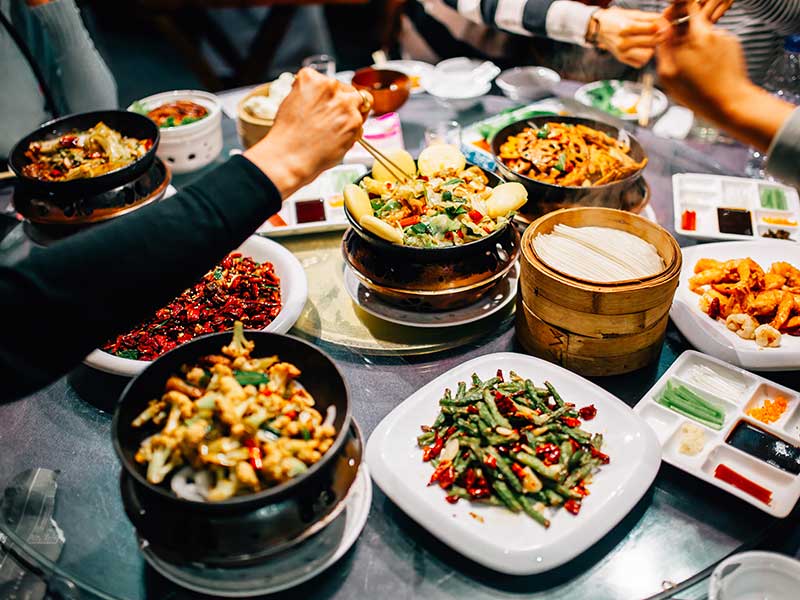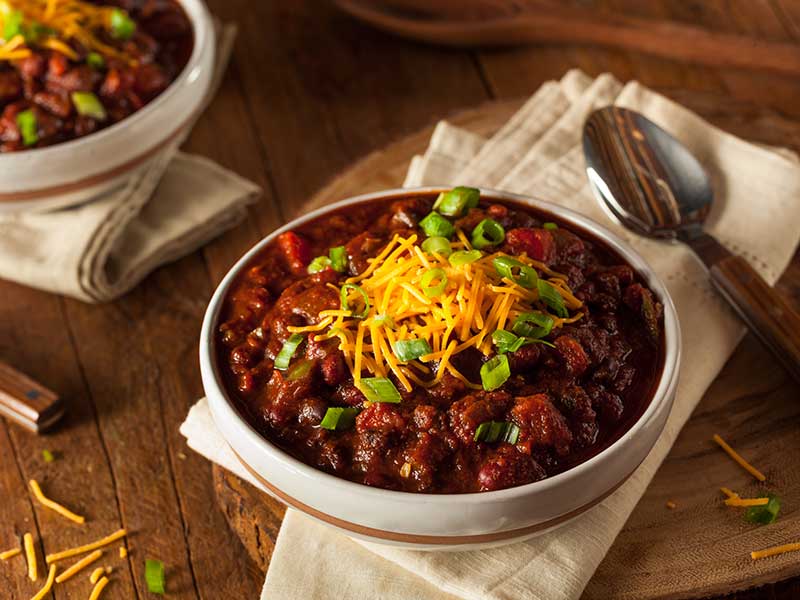Raise a glass to some of the oldest culinary processes for preserving our favorite flavors. We most often think of fermentation when it applies to beer and wine, but fermented and pickled foods are set to make some seriously delicious waves this season.
Traditionally in the dining world, the chemical conversion of sugar to ethanol, or fermentation, is a major part of beverage service. But, like pickling, which preserves food through either fermentation or soaking in vinegar, it has reached the adoption stage on menus industry-wide — and represents lucrative growth potential among ingredients.
In fact, according to Datassential1 analysis, fermented foods such as kimchi, sauerkraut, kefir, and black garlic rank in the 86th percentile for future growth potential, meaning they are predicted to outperform nearly 90% of ingredients over the next four years. And as consumer preferences continue to trend toward healthier options, especially early in the year, fermented and pickled items could be just the ticket.
Trust Your Gut
Let’s talk about a few of the potential health benefits of fermented ingredients. The process of breaking down sugars employs yeast, bacteria, and organisms with probiotics that fuel fermentation. Probiotics have been known to rid the body of negative bacteria and support metabolic and cardiovascular health — even boost your immune system.
Along with improving gut health, fermented foods have been linked to better moods, a reduced risk of certain types of diabetes, weight loss, and exercise recovery. For guests with wellness on their resolution list, fermented ingredients could be extra appealing.
All In on International
Now it’s time to get to the really good stuff: taste! The influence of international on menus isn’t going anywhere, and with younger and more diverse generations willing to spend on a range of unique flavors and textures — fermented is a yummy fit.
Kimchi continues to make its presence felt. The staple of Korean cuisine is impressively versatile and well-suited to spicy street food options like bowls, fries, and wings. Datassential2 makes the argument that amba, an Indian pickled mango condiment also common in the Middle East, could be the next big fermented focus. A quarter of consumers are interested in trying this ingredient, which can be swirled into dips, leveraged with fried cauliflower, or paired with meats like shawarma.
A little bit of garum can pay off big time. The fermented fish sauce was like ketchup in ancient Rome and can be used today to add a boost of umami to pastas, soups, and cocktails. Appam can help you add a touch of South Indian flair — the fluffy, airy, crisp around the edges pancakes are ideal for bringing fermented bread to plates.
Have a Pickleball!
From sports to food, pickled everything is having a moment. Decadent servings like pickled eggs make any event more special, while pickled jalapenos bring spicy versatility to drinks, dips, and dogs.
With their bright, bold colors and tangy, sweet perfection, pickled red onions are among the top growing veggie ingredients on menus — up nearly 45% over the last four years. Options like Delancey Street® Gourmet Pickled Red Onions, inspired by the first, authentic New York delis, are made from fresh onions and never frozen, providing chefs housemade quality without the scratch-made labor.
Red onions, fit for a Barbie, are popping on taco menus, creative sandwiches, bowls, and burgers, among several options. They’ll brighten your guests’ day as well as their taste buds. Move over pickleball, there’s about to be a new craze sweeping the nation!
1 Datassential: Fermented the SNAP™ food profile
2 Datassential Report Pro 2024 Food Trends



